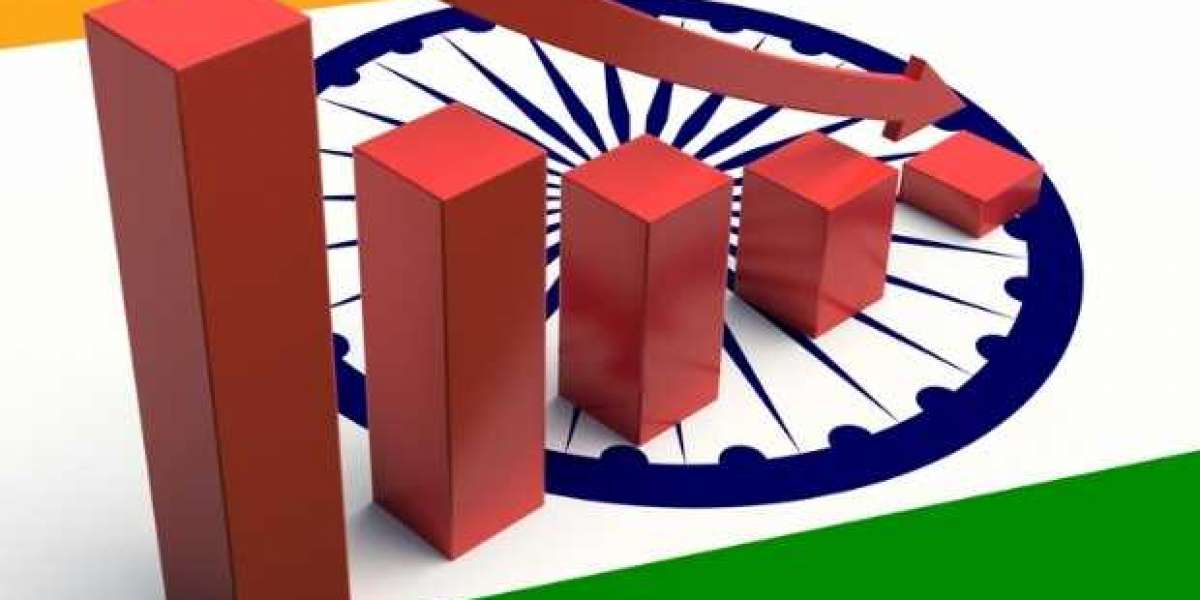From growth contraction to rising inflation and unemployment, there are plently of hurdles in India's road to economic revovery.
The Indian economy is going through a turbulent period with key indicators hinting at a prolonged slowdown. The coronavirus pandemic has weakened all sectors of the Indian economy since April and a recovery seems unlikely this year. From contraction in growth to rising inflation and unemployment, challenges are aplenty. The sharply surging coronavirus cases make the case for recovery worse. India’s GDP growth is expected to remain in negative zone for the entire year and projections for June quarter signal how adversely Covid-19 has disrupted the livelihood, particularly of the poor. The latest unemployment figures, released by the Centre for Monitoring Indian Economy (CMIE), are another evidence of economic weakness. The CMIE data show that nearly five million or 50 lakh salaried jobs were lost in July, taking the total number of layoffs in the formal sector to over 1.8 crore.
While some businesses in the informal sector have reopened post-lockdown relaxations, they are struggling to survive due to lack of demand, and constrained by the lack of available sources. Many noted economists have made it clear that India needs another round of fiscal stimulus to support growth. While the government, at the start of the pandemic, announced a fiscal stimulus package of nearly Rs 21 lakh crore, most of it was focused on bank credit for businesses. Experts said the government’s inability to provide direct fiscal stimulus, like many other countries, is due to India’s stretched fiscal deficit. The fiscal deficit has already hit a record $88.5 billion over April to June, which is over 83 per cent of the target for the current financial year. The July inflation figure at 6.93 per cent is worrisome when compared to the 3.15 per cent on the consumer price index (CPI) in July 2019. This reduces the possibility of a rate cut by the RBI in near future. It also means that demand for loans could remain lower due to elevated interest rates. Low demand for loans means lesser new business activities, and fewer new employment opportunities. India has so far reported 28,36,925 coronavirus cases, of which nearly 70,000 were added over the 24 hours ending Thursday morning. Cases have been rising at an average of 60,000 per day in India, which is more than any other country in the world.
In the present scenario, key sectors like hospitality and tourism continue to remain out of action. A holistic economic recovery will only be possible when India manages to bring down the number of coronavirus infections and deaths.







